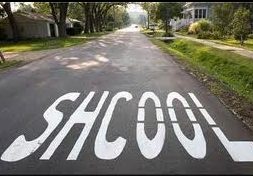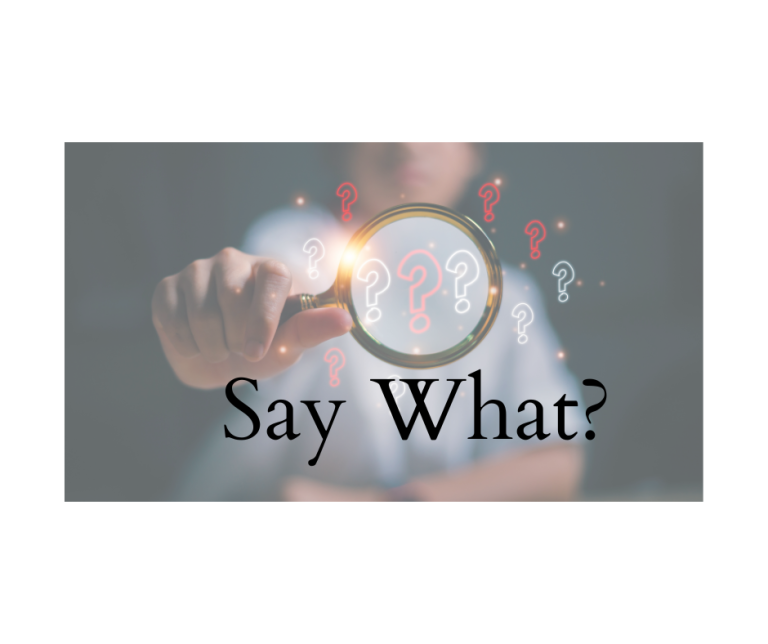Grammar Mistakes Are Funny … When They Aren’t Yours
Grammar mistakes make you laugh . . . except when someone points one out in your novel. We see them…

Grammar mistakes make you laugh . . . except when someone points one out in your novel. We see them…

Wondering when to use a question mark? The answer is simple. When you expect an answer. Yet, I continually see…

Subscribe to my email blasts to level up your writing and be notified of upcoming events and offers!
No products in the cart.